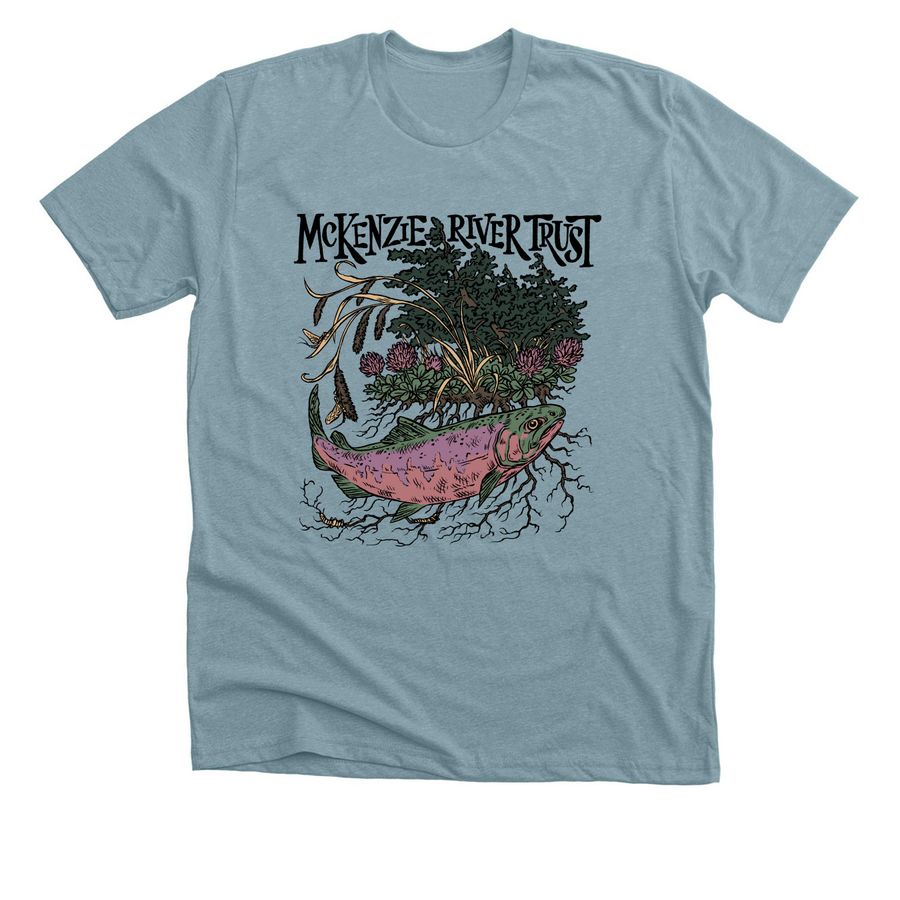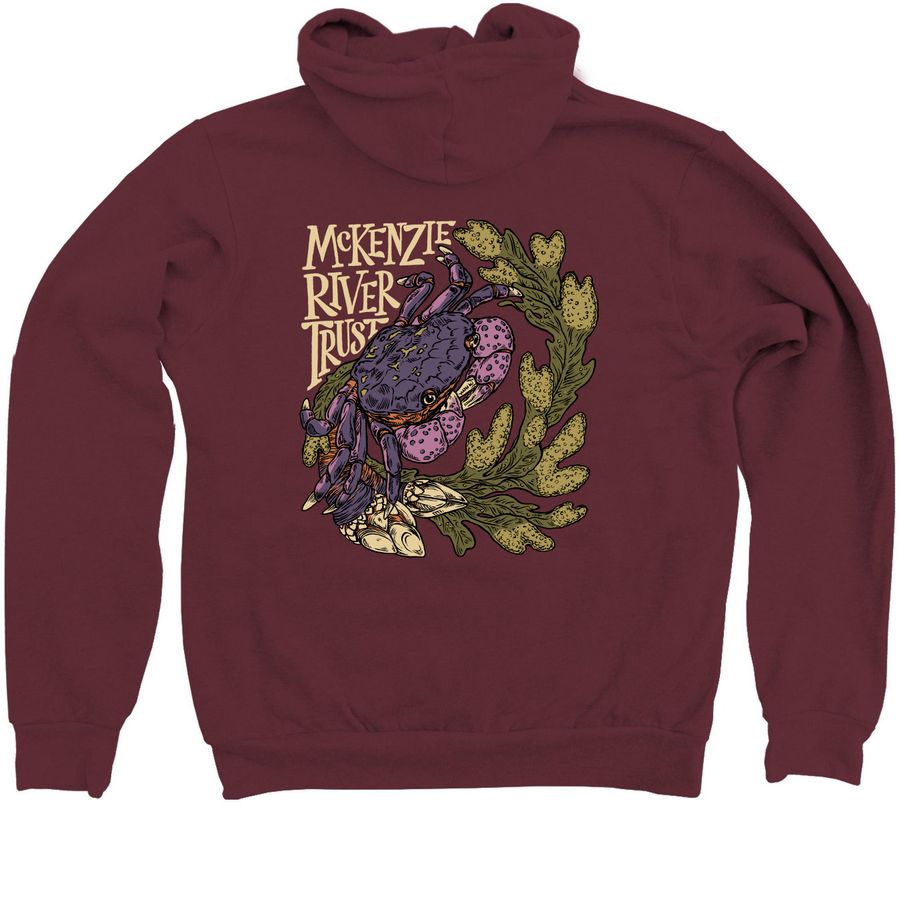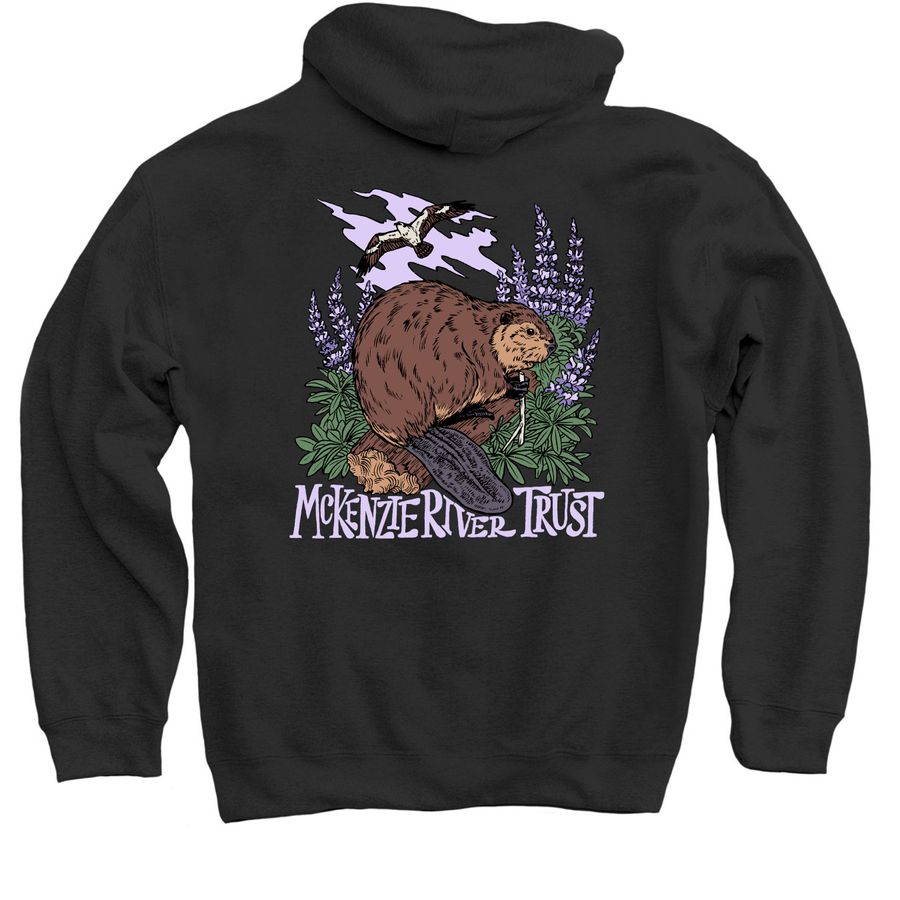
Belted Kingfisher on Green Island Photo: Kit Larsen
McKenzie River Trust Board Member, Bev Hollander shares resources to become a birder in western Oregon.
One of MRT’s basic tenets is to connect people to the land and rivers. Besides hiking, rafting, fishing, swimming and other outdoor activities that connect us, bird watching is seeing a rise in popularity. What’s so special for me when I birdwatch is how connected I feel to nature and my environs.
How does one begin birding?
From a personal perspective, the first thing to do is stop and listen, and I do mean stop in your tracks. If you hear the sound of a bird, try to zero in on its location. Is it up in a tree nearby or in a bush lower to the ground? In the water? Flying in the sky? The bird’s choice of place to hang out offers insight into its identity. Patience is very important as these creatures are usually very shy and can move very quickly.
There are numerous how-to resources available online to get started birding. Here are few I like to reference:
Audubon’s How to Start Birding
Texas Parks and Wildlife Introduction to Birding
Next Avenue’s Birdwatching Primer
Nation Park Service’s Birding for Beginners
Heartland America’s A Guide to Bird Watching with Binoculars
You can also join a local bird walk with Lane Audubon Society.
I carry binoculars with a 7 or 8 power. REI and/or Cabela’s have a range of prices and are a good place to get your hands on a pair. If you’re in Eugene, you should also check out Wild Birds Unlimited on Willamette for advice and a fine selection of binoculars. It takes a bit of practice to coordinate the use of them and find that bird you see up in that tree! My secret is to keep my eyes focused on the subject and bring the binoculars up to my face. Hopefully, the critter is right there in my scope of vision.
Identifying Birds
As you sight a bird and want to identify it, notice if there is anything striking about its plumage, e.g., bright red on its head, a black circle around its eye, stripes on its wing or tail – just observe. Maybe there’s nothing at all that is striking about its plumage, but how about the shape of the head, shoulders, or beak? How big is it? What about its flight pattern – steady on or dipping and soaring? Does it make a distinctive chirp or song?
To identify the birds you spy, you need a reference book or two and perhaps a phone app. For a local reference, check out: Birds of Oregon and Birds of the Pacific Northwest (A Timber Press Field Guide) by John Shewey. Sibley is a more comprehensive guide. Free mobile apps include:

Wood Duck Photo by Gary Haliski
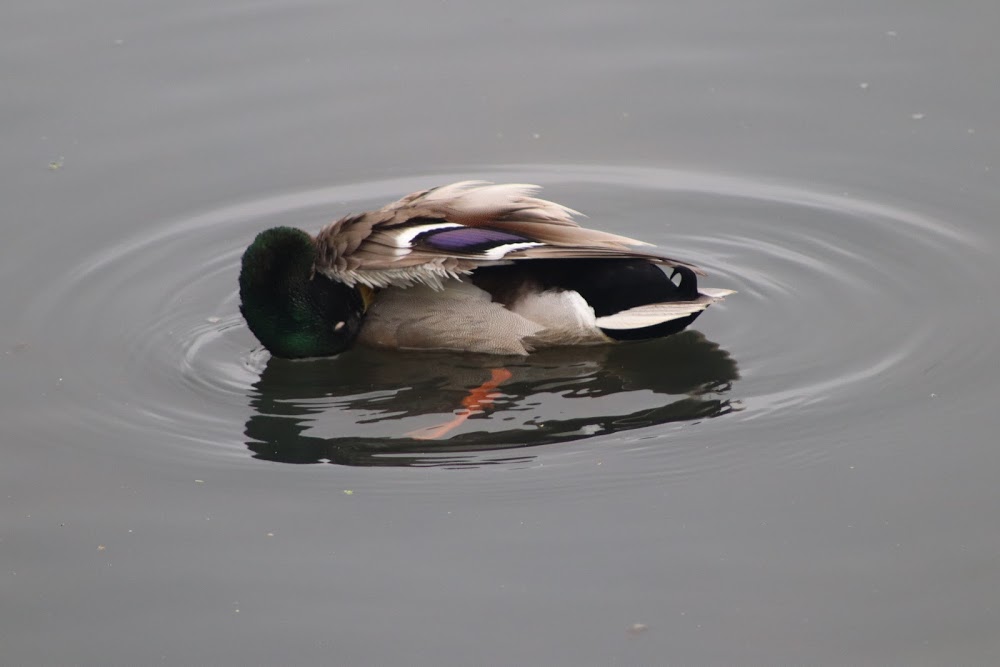
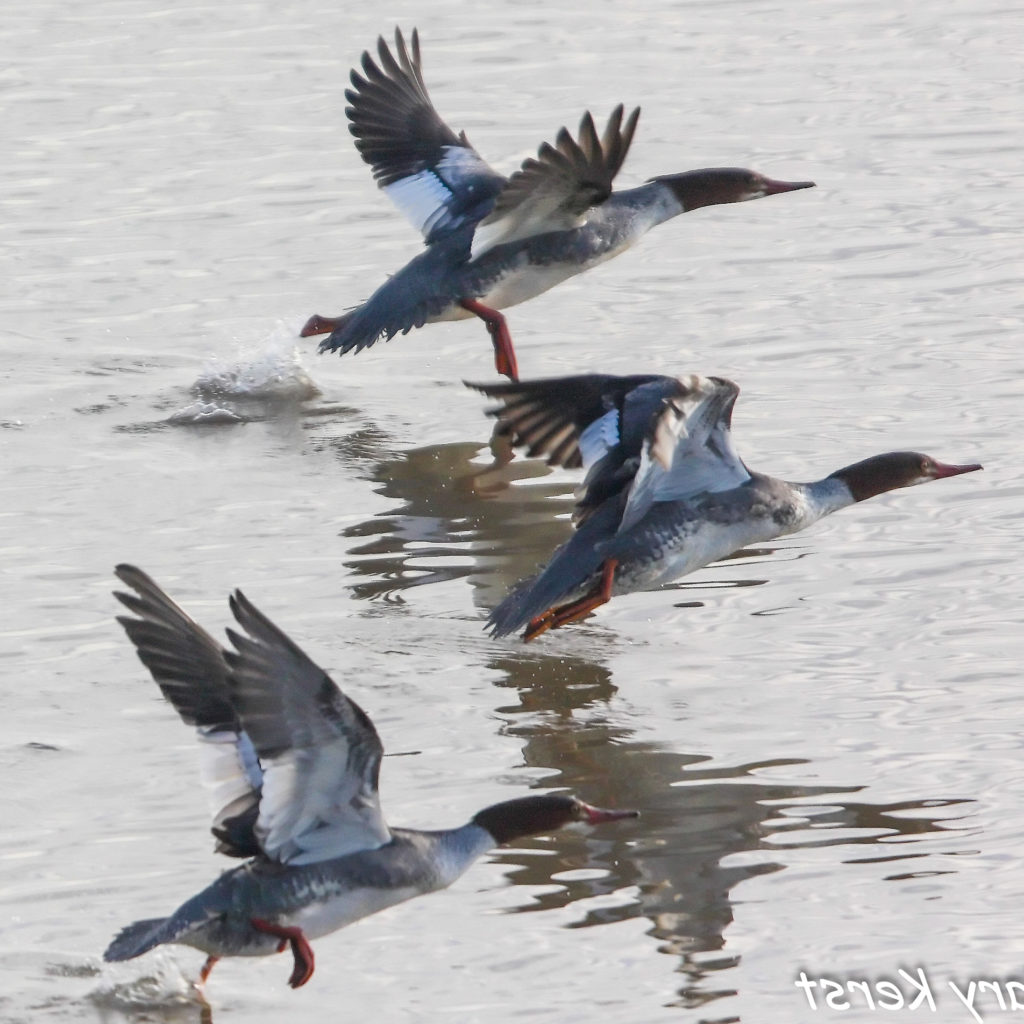
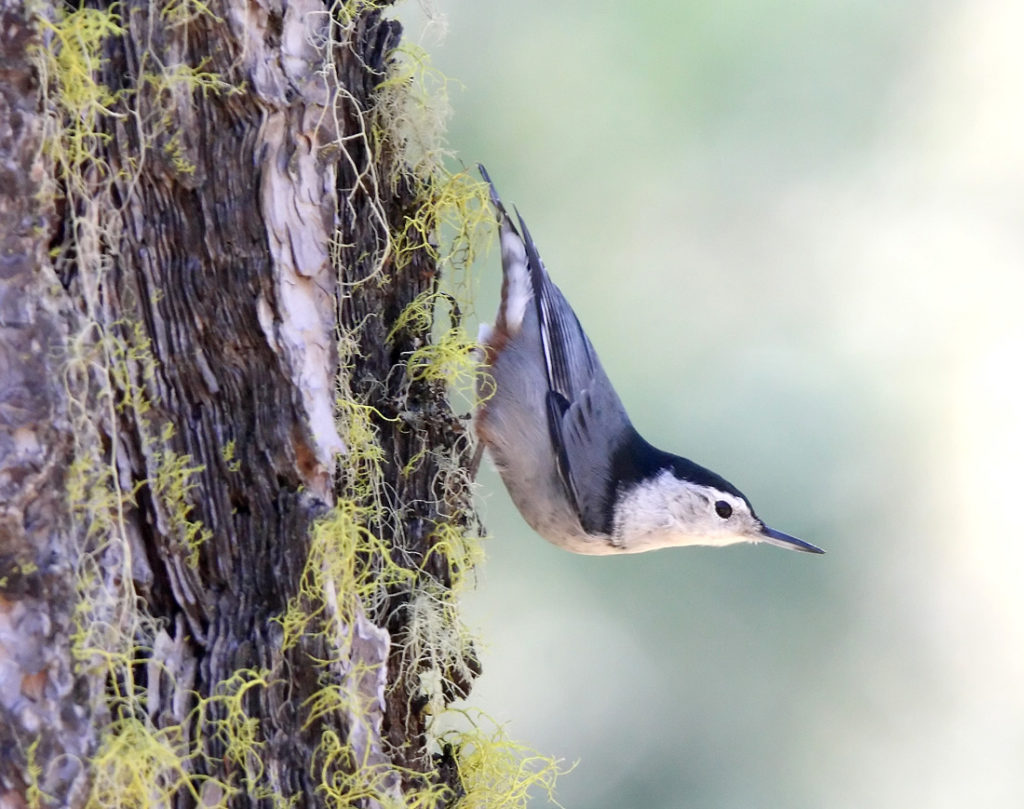
Common Merganser and White-Breasted Nuthatch by Cary Kerst
Connecting to the Communitiy
If you prefer the company of others, join a group and get out in the field with other birders. Join the bird walks with Lane Audubon, Buford Park, the Wildbirds Unlimited Store, or Birds of Oregon and General Science (BOGS). Also, keep an eye on McKenzie River Trust’s events calendar, as we sometimes host birding walks on our conservation properties. Groups can help you sustain your birding enthusiasm and offer knowledge and companionship. Your next best way is backyard feeding. Wildbirds Unlimited is a wonderful resource to get you going on your home feeding stations.
Lane County Audubon also hosts bilingual bird walks for youth and bird walks for BIPOC and LGBTQIA+ communities! You can find their calendar here.
And if you want to see wild raptors up close and personal, check out Cascade Raptors on Fox Hollow. They have regular visiting hours and opportunities to watch these birds fly in their specialized cages.
In addition, online forums offer postings of local sightings and discussions:
American Birding Association: http://birding.aba.org/maillist/OR01
Lanebirds: https://www.freelists.org/list/lanebirds
And, if you watch birds long enough, you will eventually recognize a bird by its song without ever laying your eyes upon it. Now that is truly connecting!
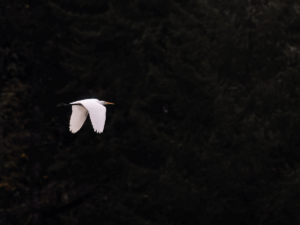
Public Notice: McKenzie River Trust Seeks Accreditation Renewal
McKenzie River Trust is pleased to announce it is applying for its third accreditation renewal through the national Land Trust Alliance. The land trust accreditation program recognizes land conservation organizations that meet national quality standards for protecting important natural places and working lands forever. The public is invited to comment through Monday, December 22nd, 2025

Caring Across Time
More than four years ago, McKenzie River Trust expanded our work into Lincoln County to help safeguard this special place. Now, we’re carrying forward the good work of the Central Coast Land Conservancy and expanding impact across the Yaquina River watershed.
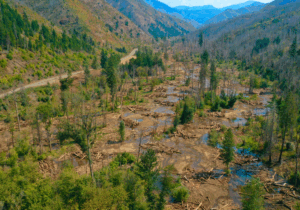
Partnerships at Work in the McKenzie Valley
The completion of restoration at Quartz Creek bolsters a growing network of efforts to protect water and wildlife across the McKenzie River watershed.

